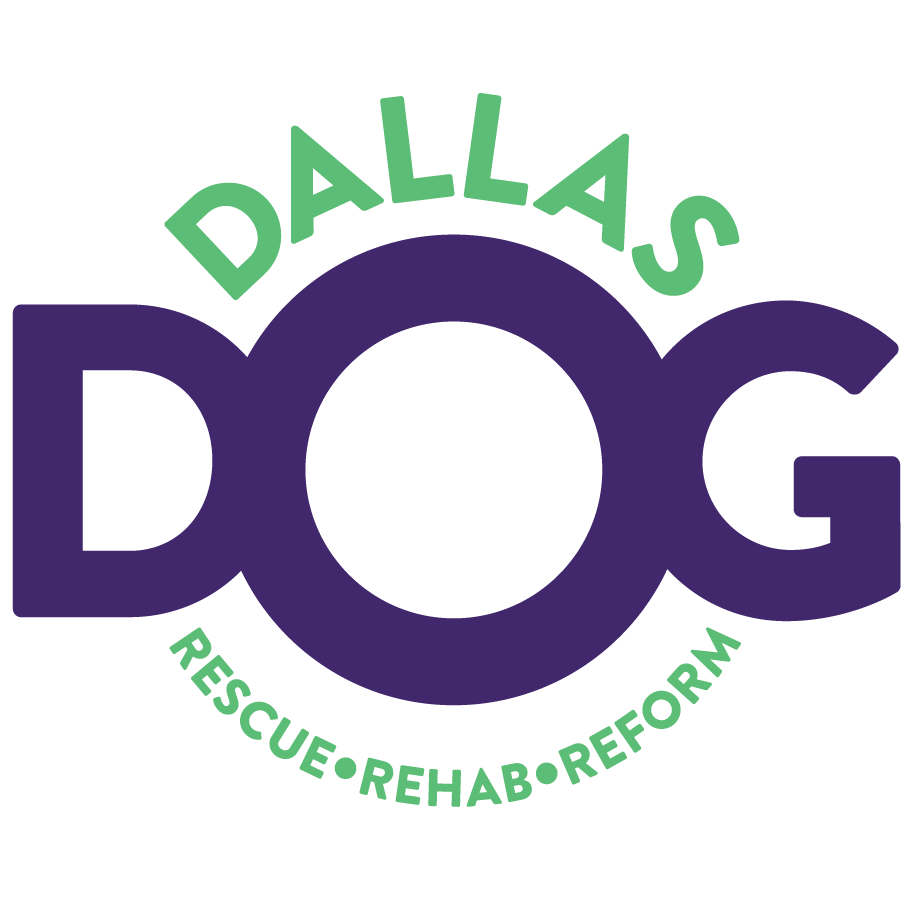Dog Introductions
Introducing dogs to each other can be a crucial step in fostering healthy relationships and harmonious coexistence, whether it’s for a new puppy, a dog joining the household, or introducing dogs from different households. Proper introductions set the foundation for how the dogs will interact in the future. A well-managed introduction can help prevent fear, anxiety, or aggressive behavior, ensuring both dogs feel safe and secure in their new relationship.

Introducing dogs to each other can be a crucial step in fostering healthy relationships and harmonious coexistence, whether it’s for a new puppy, a dog joining the household, or introducing dogs from different households.
Proper introductions set the foundation for how the dogs will interact in the future. A well-managed introduction can help prevent fear, anxiety, or aggressive behavior, ensuring both dogs feel safe and secure in their new relationship.
Why Dog Introductions Are Important
Proper introductions are essential for a variety of reasons:
• Building trust: Introducing dogs in a calm, controlled environment helps them build trust in one another.
• Preventing aggression: A poorly handled introduction can result in aggressive behavior, fear, or anxiety.
• Setting expectations: Proper introductions help both dogs understand their boundaries and what is expected in their interactions.
Steps for Successful Dog Introductions
1. Prepare the Environment
Choose a neutral and quiet location for the introduction. If possible, avoid introducing dogs in one of their homes, as it can create territorial issues. A park or a quiet street can be a good location for the first meeting. Make sure there are minimal distractions and both dogs are calm before beginning.
2. Use Leashes for Control
Both dogs should be on a leash during the introduction, but make sure they have some slack to move freely. Avoid using a tight leash, as it can create tension and increase anxiety. The handler should remain calm and relaxed, as dogs can pick up on their energy.
3. Allow a Safe Distance
Initially, allow the dogs to see each other from a distance. This helps them observe each other’s body language without feeling too overwhelmed. Let them approach at their own pace without forcing them to interact.
4. Watch for Positive Body Language
Look for signs that both dogs are comfortable, such as:
• Relaxed body posture: No stiff bodies or raised hackles.
• Wagging tails: A relaxed wagging tail (not stiff or high) is a good sign.
• Calm sniffing: Dogs often greet each other by sniffing, which is a normal and positive behavior.
• No growling or snapping: A peaceful approach means there are no signs of aggression.
5. Allow Gradual Approaching
Once the dogs have had a chance to observe each other from a distance, you can begin to slowly allow them to approach one another. Let them go at their own pace, and don’t rush the interaction. Start with a few feet between them and gradually close the distance. It’s crucial to keep the dogs under control to avoid sudden movements or unwanted behavior.
6. Short, Positive Interactions
Initially, allow only brief interactions and keep them positive. Reward both dogs with treats, praise, and calm attention when they exhibit appropriate behavior (like sniffing and calmly walking away). If either dog seems anxious or uncomfortable, separate them and give them a break before trying again.
7. Monitor Body Language During the Meeting
Keep a close eye on their body language during the interaction. Some signs that indicate discomfort or potential aggression include:
• Stiff body or tail raised: The dog may be feeling threatened.
• Growling, snapping, or showing teeth: Aggression is a possibility.
• Panic or excessive barking: One or both dogs may be overwhelmed.
• Avoidance behavior: If one dog tries to walk away, it may signal that they’re feeling stressed.
8. Provide Positive Reinforcement
Reward both dogs for calm and friendly behavior with praise and treats. This helps them associate positive experiences with each other’s presence. Consistent reinforcement of good behavior will help them establish a peaceful relationship.
9. Gradual Increase in Interaction Time
After a successful first meeting, you can slowly increase the time they spend together. Keep interactions positive, and supervise them closely until you’re confident that both dogs are comfortable with each other.
Tips for Specific Situations
• Introducing Puppies: Puppies are typically more adaptable to new experiences and other dogs. However, it’s still important to follow these steps to ensure a positive introduction.
• Introducing Adult Dogs: Adult dogs may be more set in their ways and territorial, so take the introduction process even slower. A neutral space is crucial for adult dogs.
• Introducing Dogs with a History of Aggression: If one of the dogs has a history of aggression, it’s important to consult with a professional dog trainer before attempting an introduction. Aggressive dogs may need additional management, training, or desensitization techniques.
What to Avoid
• Don’t force the interaction: If either dog seems stressed or uncomfortable, separate them and try again later.
• Avoid dominance displays: If a dog tries to dominate the other, don’t allow it. Redirect attention with treats or commands.
• Don’t rush the process: Take your time, especially if you’re introducing dogs with different temperaments. Patience is key to a successful introduction.
Conclusion
Successful dog introductions are an important step in building a positive relationship between dogs. With proper planning, patience, and careful attention to their body language, you can help them develop trust and understanding, ensuring their interactions remain positive and peaceful.

